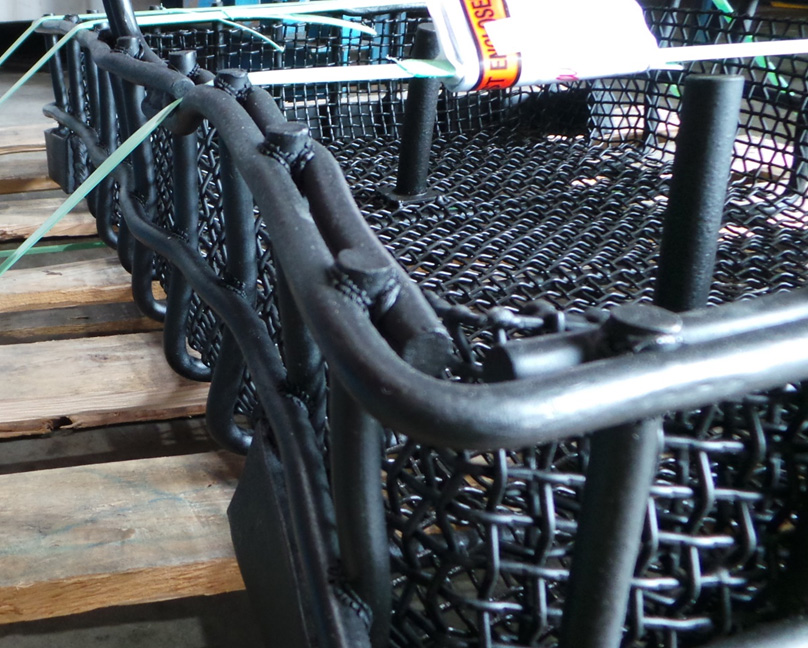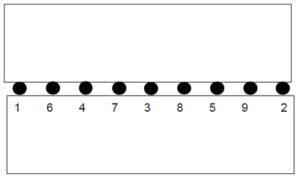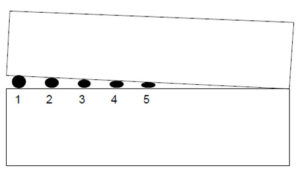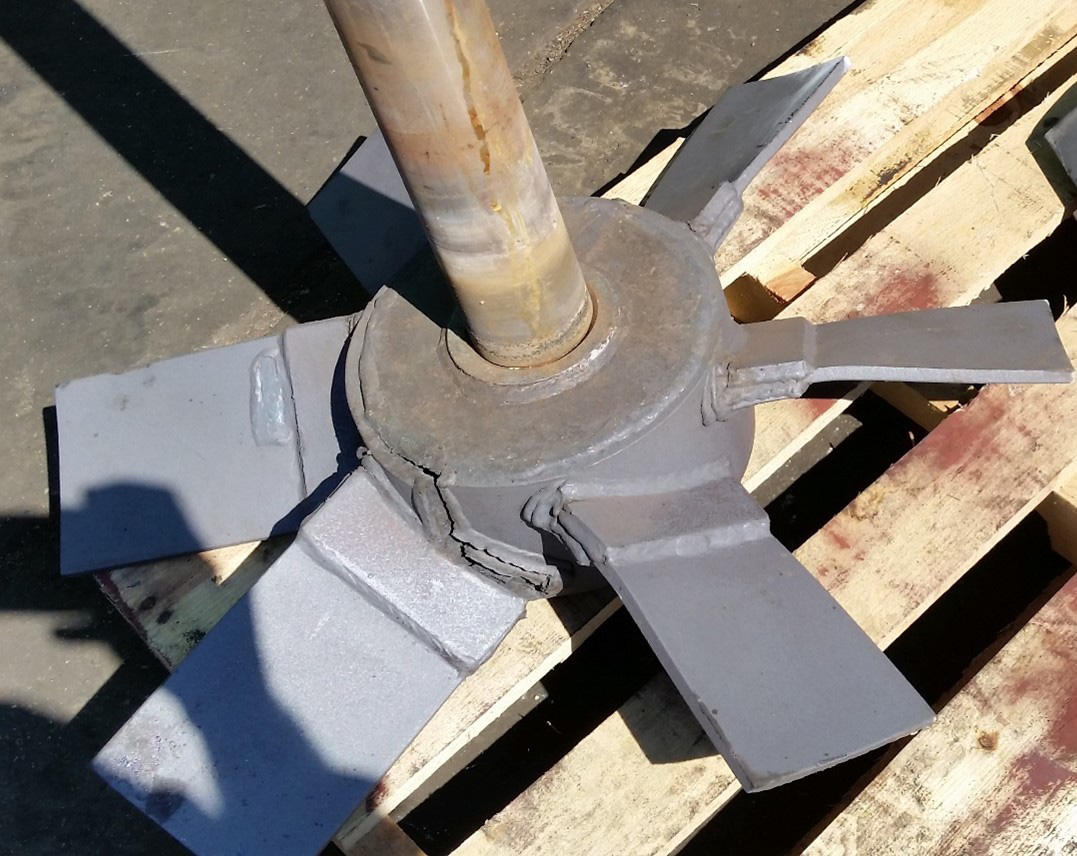Share:
QUOTE, BUY, TRACK
We make it easy to get instant pricing and purchase your metal at the click of a button. Track your order progress, get notified when it ships, and follow your shipment online until it’s delivered. It’s that easy!
When metals are subjected to high temperatures, they undergo expansion. The extent of expansion is measured in terms of the coefficient of thermal expansion. This physical property is frequently cited for various engineering materials.
In the thermal processing industry, neglecting thermal expansion is a leading cause of failure of thermal processing equipment.
The growth due to thermal expansion can be surprising to those unfamiliar with designing high-temperature equipment. At 1800°F, a four-foot-long piece of 310 will expand nearly 7/8”. This growth must be accounted for. If not, one or multiple things may occur, including:
1) Buckling
2) Structural Distortion
3) Cracking of Welds
Austenitic stainless steels expand at nearly twice the rate of low alloy steels and four times the rate of ceramics. These differences in thermal expansion can create significant tensile or compressive stresses when the materials are combined for use in a cyclic thermal environment.
Another consideration is that heating and cooling are usually not uniform. Uneven temperatures, also known as thermal gradients, create stresses within the metal, often causing distortion and the poor thermal conductivity of stainless steel contributes to more significant thermal gradients. Thermal gradients of as little as 200°F from one side of a plate to the other are sufficient to create stresses that can exceed the yield strength of the material. Under cyclic conditions, distortion will become more severe with each cycle. Higher-strength alloys often permit thinner cross-sections, reducing distortion due to thermal gradients.
Distortion of components can also arise from relieving residual internal stresses. When mill products are produced, they are straightened or flattened after annealing. These residual stresses are what keep products straight and flat. There may also be residual stresses from fabrication. These stresses can be relieved once the components are exposed to elevated temperatures, resulting in potential distortion.
Lastly, it is crucial to distribute heat as evenly as possible to prevent distortion when welding. Welding consecutive tacks will cause the joint to close. Tack welds should be staggered over the joint to reduce distortion. A similar approach is necessary when making circumferential welds.
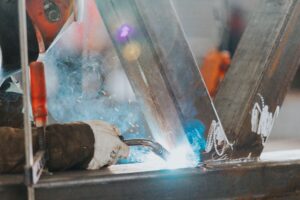
Welding Consumable Designations and Selection Criteria
Understanding welding consumable designations is essential for achieving strong, reliable welds. This guide breaks down AWS standards, electrode naming conventions, and key factors like polarity, base materials, and welding position to help you choose the right filler metal every time.
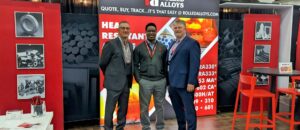
2025 Trade Shows
Come talk to a Rolled Alloys representative in person about your project. You can find us at these trade shows.

March Mania 2025
Every Online Order in March is a Chance to Win One of 8 Great Prizes!
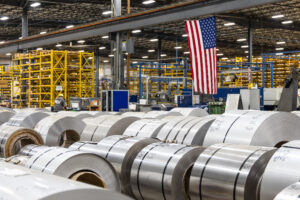
Instant Pricing on Nickel, Stainless Steel, Duplex, and Titanium
Get real-time pricing and availability for nickel, stainless steel, duplex, and titanium—all in one place.
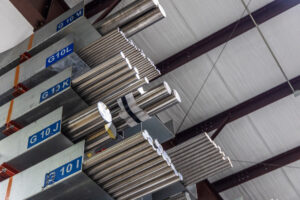
New and Expanded Stock for 2025
New Titanium, Stainless, Nickel and Cobalt in Stock Now – CP Ti Grade 2, 635, 718 and More!
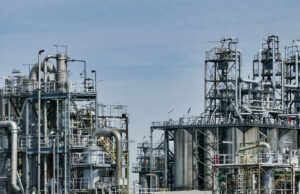
History and Uses of Alloy 800
Discover the evolution of Alloy 800, from its origins during the 1950s to modern derivatives like Alloy 800H/800HT. Learn about its high-temperature strength, petrochemical applications, and commercial availability today.



